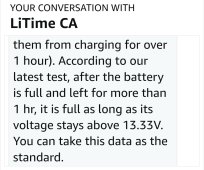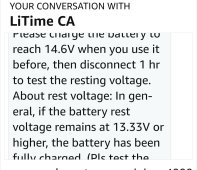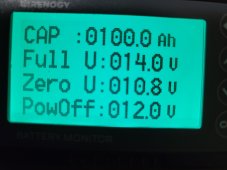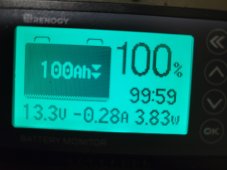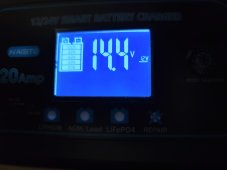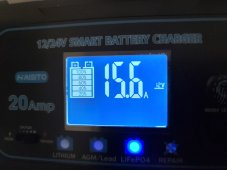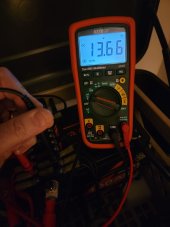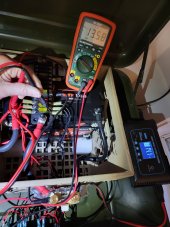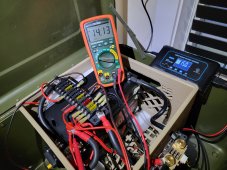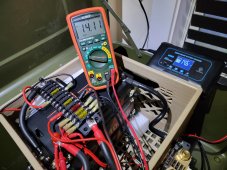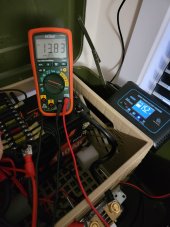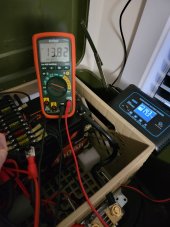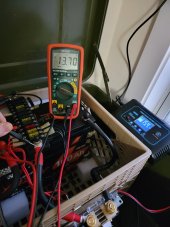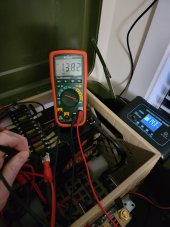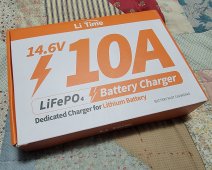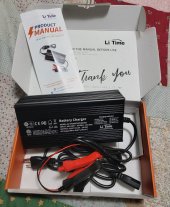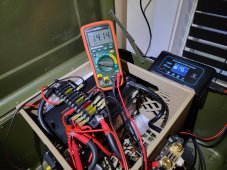Yeah I wouldn’t trust that charger either. It’s probably fine but hey it’s LiTime after all. LiTime’s selling point is their low price. Will Prowse continues to vouch for them because they just don’t seem to have many problems and are easy try warranty if they happen to fail the QC team. They do have problems that about 80% of LFP have - poorly balanced cells. Which should get balanced over time with a decent charger.
With a programmable charger like the Victron IP22, you can safely leave the charger connected 24/7, once programmed properly. But I would want to know the nitty gritty details of your LiTime charger before doing that.
Not sure what there is to say about this charger, it's a 10A charger with zero settings, you connect it, it turns red when it's charging, and green when it's done. It's the exact same model number that I've seen on a number of other brand name chargers, same one, different brand name on the box, same model number on the charger. I've seen it under Power Queen, Eco worthy, ect.
Yeah I wouldn’t trust that charger either. It’s probably fine but hey it’s LiTime after all. LiTime’s selling point is their low price. Will Prowse continues to vouch for them because they just don’t seem to have many problems and are easy try warranty if they happen to fail the QC team. They do have problems that about 80% of LFP have - poorly balanced cells. Which should get balanced over time with a decent charger.
With a programmable charger like the Victron IP22, you can safely leave the charger connected 24/7, once programmed properly. But I would want to know the nitty gritty details of your LiTime charger before doing that.
I let my battery go down to 89%, and since we have a major wind and rain storm coming tomorrow (we are sure to lose power) I decided to charge the battery.
I used the Haisito 20A charger to charge it, and watched it charge. I measured it with my multimeter as it charged, and also observed the charger voltage display and the Renogy battery monitor display to compare the voltage values.
It started out charging at 13.7v according to the multimeter, but the charger voltage read 14.1v.
The current according to the charger started out at 15.4A.
As it charged, the current never increased past 15.2A, but in the past, it's charged up to a full 20A. Not sure why this time it remained around 15A during charging the whole time.
Anyhow, the voltage slowly increased throughout the charging, from 13.7v to 13.9v, then right near the end, I watched the voltage slowly creep up to 14.14v for only a few moments, then, it was full, and the charger shut down.
This is the 1st time I observed the voltage increase at the end like that, and I was at least happy to see that it did get to over 14.1v, as measured on the actual multimeter, not what is shown on the charger display. Why are the 2 values always different? When the multimeter finally showed 14.14v at the end of the charge cycle right before shutting off, the charger showed 14.6v on the charger display.
The Renogy battery monitor did seem to accurately show the same voltage as the multimeter at least, but of course the battery monitor only has one decimal point voltage display.
So, I "guess" it's charging correctly, and if only for a short moment, the charge voltage does seem to get to above 14v.
I'm guessing that the difference in how the battery is charging this time is due to the cells balancing as you mentioned?
Can i expect the battery voltage and current to change while charging to different values each time I charge the battery ad the cells level out?
Thanks again in advance for your replies.



